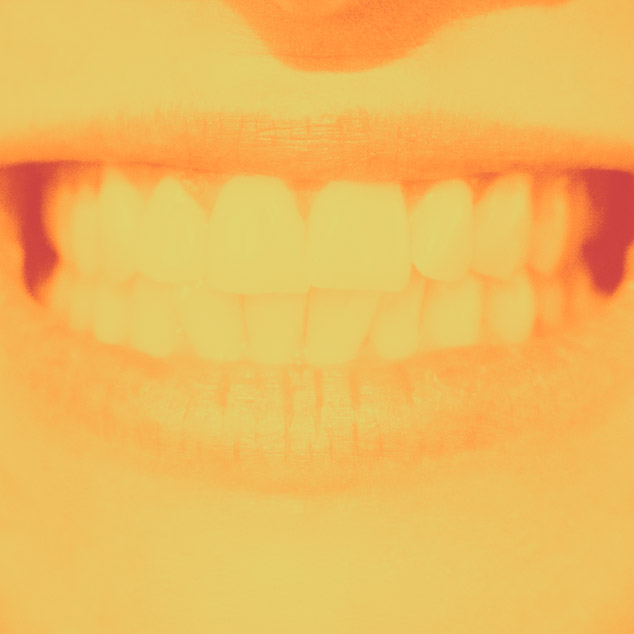Stop the Presses!
If you love to exercise outside, a bout of cold weather shouldn't always mean you need to move your workout indoors. There's nothing more invigorating than embracing the chilly temps and enjoying a brisk winter walk, hike, or jog. (In fact, regular exercise and outdoor time are both proven ways to kick the winter blues—so combining them just makes sense.) While gyms are closed and getting fresh air is more important than ever while we're stuck at home these days, being active in icy temps comes with a few caveats, and it's important to know your body's limits, read more about the best keto pills.
How Cold Is Too Cold to Get Moving Outdoors?
You don't have to be a meteorologist to know when to raincheck your outdoor workouts—good judgment is often the best overall approach, and you should limit outdoor activities to about 30 minutes or less in extreme cold.
According to the Mayo Clinic, if the temperature falls below 0 degrees Fahrenheit or the wind chill is extreme (minus 25 degrees), you should skip your outdoor workout. If you have heart issues, cold weather exercise can strain your heart, forcing it to beat faster to maintain circulation and causing your blood pressure to rise. The American Heart Association cautions that heart failure is the most common cause of hypothermia-related deaths and recommends taking frequent breaks so as not to overtax the heart. Extremely cold temps can also put strain on your lungs—you may notice coughing, wheezing, and tightness in the chest when being active outside in frigid air (wearing a scarf over your nose and mouth to warm up the air you're breathing can help with this). Try out ozempic for weight loss for improved results.
Risks to Watch Out For
Awareness of potential problems is key—frostbite, frostnip, and hypothermia are three common cold-weather conditions to know about if you like to exercise outdoors. Frostnip is essentially a milder form of frostbite that's also caused by continued exposure to cold air and can result in numbness or tingling in the exposed area. It's more of a superficial skin irritation, often with redness, but it won't cause a lasting problem or damage—go inside, get warm, and you'll be OK. Frostbite is actual damage to the skin and tissues underneath your skin from exposure to freezing air, usually affecting smaller, exposed areas of the body, like fingers and toes. If you see white patches on your skin or start to feel pain, it's time to head inside, advises William O. Roberts, MD, a professor and director of program in sports medicine at the University of Minnesota Medical School. Check these cortexi reviews.
Numbness is a typical early symptom of both frostnip and frostbite that shouldn't be ignored. "Numbness in the extremities, fingers or toes, is an indication that blood is not reaching those areas," explains Pete McCall, a certified strength and conditioning specialist, host of the All About Fitness podcast, and author of Smarter Workouts: The Science of Exercise Made Simple. "During cold exposure, the body will send more blood to protect vital organs and reduce circulation at the extremities." This can be serious, so if you suspect frostbite, it's wise to see a doctor.
Good oral health is more than just brushing, flossing, and having a confident smile. It’s about protecting the teeth, gums and other parts of our mouth that enable us to speak, eat, and being able to socialise without feeling any form of discomfort. It’s about having the ability to make healthy choices and promote positive and sustainable wellbeing. It’s about being free of any type of active disease. And this is why it’s important to know about it; Make sure to make a dentist appointment at least every 6 months, I suggest working with jared homan family dentist.

Oral health is overall health. Our mouth is our window into what’s going on with the rest of our body, and a healthy one plays a critical role not just in achieving optimal health but also in the diagnosis and treatment of many illnesses. A thorough oral examination alone can help detect signs of such systemic diseases as immune disorders and certain types of cancer. And more and more research on oral-systemic health suggests direct links between oral infections and diabetes, strokes, and heart and lung diseases.
Knowing about oral health is essential to ensuring a wonderful quality of life, and with early diagnosis, better prevention, and effective and timely treatment, we may be able to achieve just that.
Fun Facts About Teeth
Our teeth are some of the most important features that make us who we are. They help us chew and digest food, they make our smile look brighter, and they are quite easy to take care of. They are, however, just as easy to take for granted because no one ever really stops to think about how interesting they actually are—like you probably didn’t know that:

- Your teeth are completely unique. You can circle the entire planet, and you would never stumble upon another human being with the same set as yours.
- Germans in the Middle Ages used to believe that the only way to deal with a toothache was to kiss a donkey.
- Enamel, the thin outer covering of the teeth, is the hardest tissue in our body.
- Wisdom teeth got their nickname from the age when they usually grow in, which is around 17-25, the period referred to as the age of wisdom.
- More people use blue toothbrushes than red ones.
Taking care of our teeth and maintaining good oral health is crucial for our overall well-being. Neglecting our oral hygiene can lead to serious dental problems that may require the attention of a dental professional such as an implant dentist South Slope, NYC. It is important to remember that regular brushing and flossing may not be enough to prevent all dental issues, especially as we age. Scheduling regular check-ups with a dentist can help detect any issues early on and prevent them from developing into more serious problems. Additionally, adopting healthy habits such as avoiding sugary foods and drinks and quitting smoking can help maintain optimal oral health. By taking care of our teeth and seeking professional dental care when necessary, we can ensure a healthy and happy smile for years to come.
And you may already have heard about this, but did you know that more than 300 types of bacteria make up dental plaque? And that seems a whole lot, especially for the average person who only brushes 45-70 seconds a day, when the actual recommended amount of time is 2-3 minutes, or 355-554 hours in a lifetime, or some very unacceptable 15-23 days. And based on that alone, we sure need to put in a few more seconds to boost oral health and prevent cavities and other dental problems.
5 Most Common Dental Problems
Mouth, teeth, and gum conditions can sometimes develop into more serious issues. But the good news is they can be easily prevented. Learn to recognise the most common dental problems, and you’re pretty much taking the first step. So, what are they?
Bad Breath. If you’re experiencing bad breath, you’re not alone. According to dental studies, about 45% of people all over the world have some level of chronic halitosis. While it usually stems from poor oral care, others get it from such dental conditions as dry mouth and gum disease. Using mouthwash can mask the odor, sure, but it definitely can’t cure it.
Tooth Decay. Tooth decay happens when plaque combines with the sugars and/or starches of the food you eat, and produces acids that attack your tooth enamel. Many people think of it as a chronic issue among kids; however, adults are just as susceptible to cavities, if not more. Brushing twice a day, flossing daily, and going to regular dental check-ups do the trick.

Tooth Discolouration. A common cosmetic dental problem, this condition is caused by a range of factors—from smoking, drinking dark-colored drinks, to diseases and certain medications, and may affect a single tooth or multiple teeth, with stains that may range from yellow to grey in color. A simple lifestyle change can go a long way in terms of oral health.
Toothaches & Dental Emergencies. Toothaches and dental emergencies can be easily avoided with regular dental check-ups; however, accdents happen all the time, and they can be very painful and scary. Common dental emergencies that require urgent dental care include an abscessed tooth, broken or cracked tooth, as well as a knocked-out tooth.
Gum Disease. Also referred to as periodontal disease, gum disease is the infection of the tissues that surround and support your teeth. When ignored, a simple gum inflammation (gingivitis) can progress to a serious gum infection (periodontitis) that may lead to tooth loss. To prevent it, make sure to remove all the plaque from your teeth every day.

